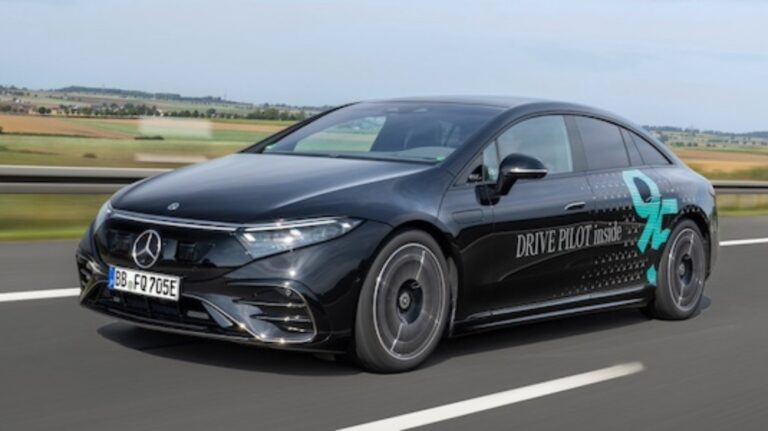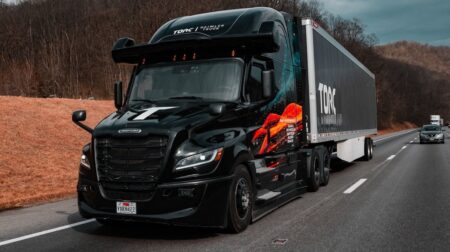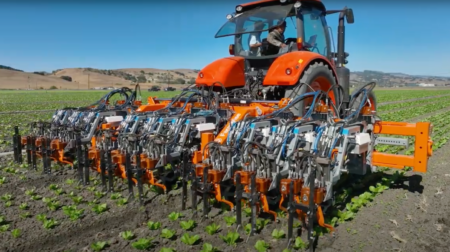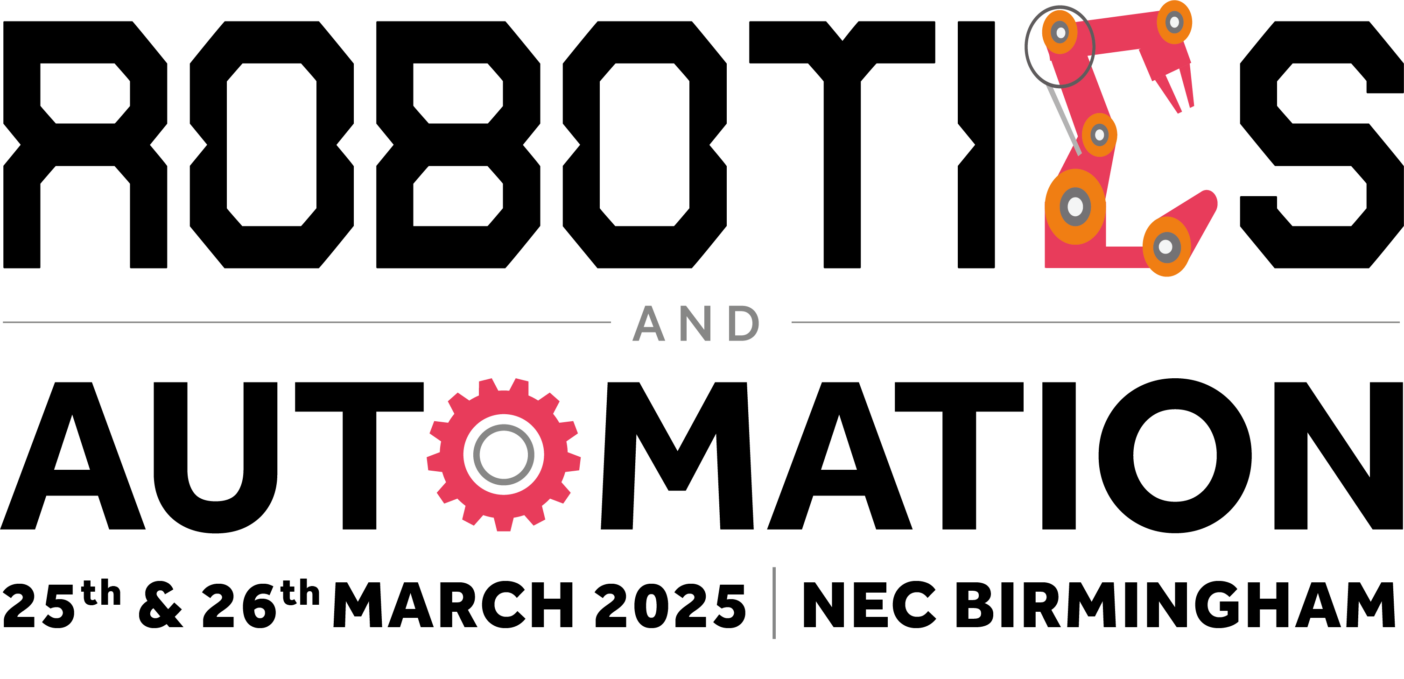Mercedes-Benz has announced that its conditionally automated driving system, Drive Pilot, has received official approval from the German Federal Motor Transport Authority (KBA).
The approval marks a significant milestone for the company, positioning Drive Pilot for an upcoming sales release in early 2025 in Germany.
READ MORE: Nissan accelerates digitisation using AI and machine learning in partnership with Anaplan
With this new version, the system enables drivers to engage in automated driving at speeds up to 95 km/h (59 mph) on the German Autobahn network, which spans 13,191 kilometres.
Safety remains a central feature of the updated Drive Pilot system. Mercedes-Benz has designed the system with redundant components, including dual systems for steering, braking, and electrical functions. If the system detects that the driver is unresponsive or unable to take control, it will safely bring the vehicle to a stop and activate the hazard warning lights. More than 35 sensors, including cameras, radar, ultrasonic sensors, and LiDAR, work together to ensure precise detection of the vehicle’s surroundings.
LiDAR, combined with a high-definition digital map, plays a crucial role in Drive Pilot’s functionality, providing highly accurate lane-level positioning. The system is designed to operate safely even in complex traffic situations, ensuring the vehicle stays within its designated lane.
Looking toward the future, Mercedes-Benz aims to expand Drive Pilot’s capabilities, including higher speed limits for conditionally automated driving. The current legal limit in Germany is 130 km/h (81 mph), and Mercedes-Benz plans to reach this speed range by the end of the decade.
In addition to enhancing the system’s performance, the company is working on new features designed to improve public understanding and acceptance of automated vehicles.
Markus Schäfer, chief technology officer, development and purchasing, said: “With innovative technologies from Mercedes‑Benz, we always want to offer our customers added value. When Drive Pilot is activated, it is possible to concentrate on other things while the car takes over the driving task.
“With the further developed version, which has now been certified by Germany’s Federal Motor Transport Authority, this is also possible at 95 km/h in Germany under certain conditions.”
Join more than 11,000 industry leaders at Robotics and Automation Exhibition on 25-26 March 2025. Explore cutting edge technologies, connect with peers and discover the latest innovations shaping the future of manufacturing, engineering and logistics. Register now to secure your place at this premier event!








